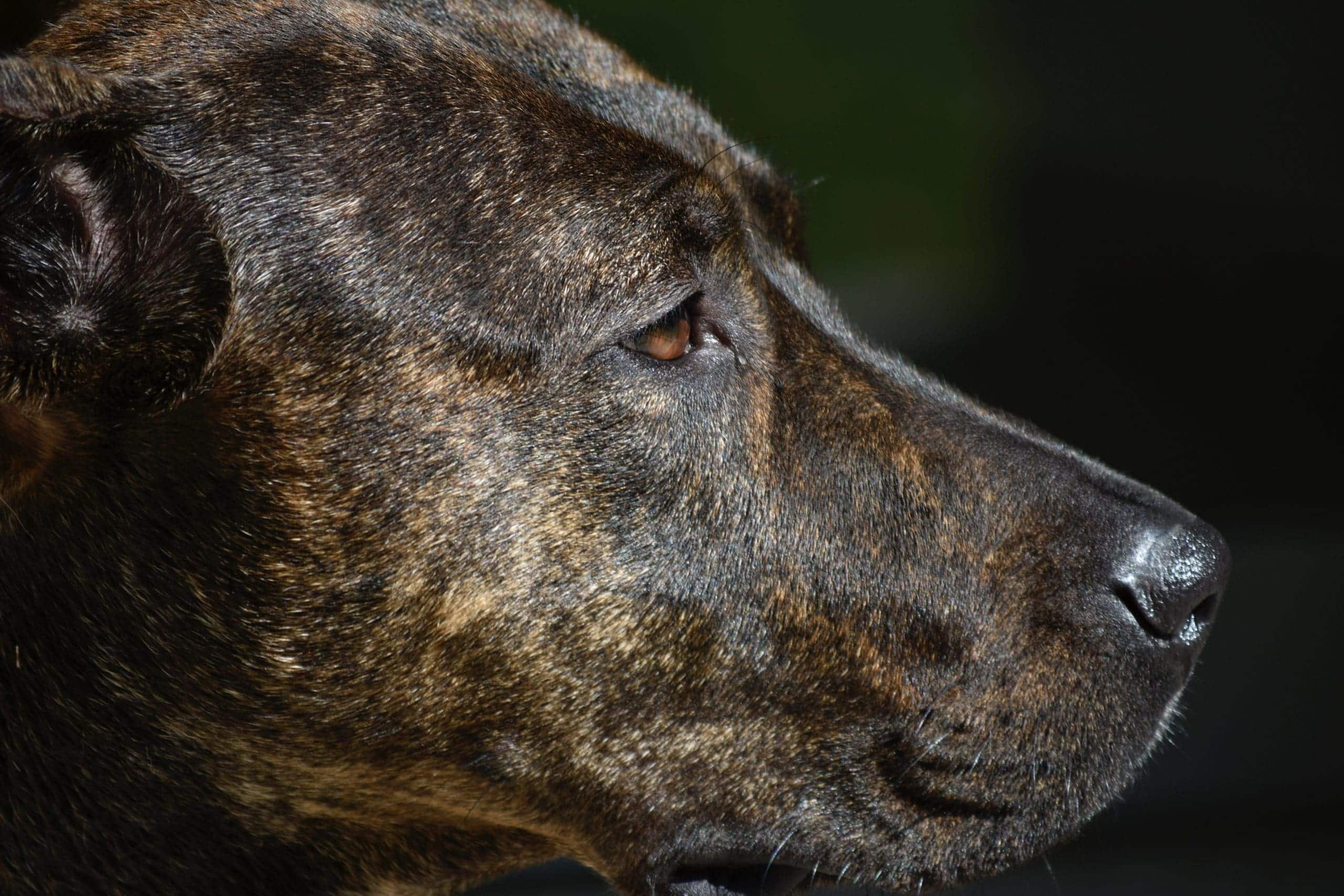Cherry eye is a condition affecting the third eyelid of dogs, resulting in a protruding, red mass in the corner of the eye. This can be alarming for pet owners, as it often appears uncomfortable for the dog and may lead to complications if not treated. While surgery is a common route, many dog owners prefer non-surgical methods to manage this issue. Recognizing the causes, symptoms, and treatment options allows pet owners to make informed decisions about their dog’s health.
Causes and Symptoms
Cherry eye occurs when the gland within the third eyelid becomes inflamed or displaced. This gland plays a crucial role in tear production, keeping the eye moist and healthy. When displaced, it can result in dry eye or other ocular issues if not addressed. Certain breeds, such as bulldogs, cocker spaniels, and beagles, are more susceptible, but any dog can develop this condition. Factors like genetics, allergies, and environmental irritants can trigger cherry eye.
The most prominent symptom is the appearance of a red mass in the inner corner of the eye. This mass may vary in size and can be accompanied by tearing, squinting, or pawing at the eye. Some dogs may experience discharge or show discomfort by rubbing their face against surfaces. If these signs are observed, consulting a veterinarian for an accurate diagnosis and potential treatment options is essential.
Non-Surgical Treatment Options
A primary goal in treating cherry eye without surgery is to reduce inflammation and promote healing. Many veterinarians recommend anti-inflammatory medications or ointments to alleviate swelling. Following the veterinarian’s instructions regarding application and duration is vital for efficacy.
Natural remedies can also aid in managing cherry eye. Warm compresses may provide relief; gently applying a warm, damp cloth to the affected area can soothe inflammation and enhance blood circulation. This technique can be repeated several times a day, ensuring the compress is not too hot to avoid further irritation.
Dietary Considerations
Diet plays a significant role in overall eye health. A balanced diet rich in omega-3 fatty acids can contribute to skin and eye wellness. Incorporating fish oil or flaxseed oil into your dog’s meals may be beneficial, but consulting your veterinarian for the right dosage is crucial. Additionally, ensuring your dog remains well-hydrated helps maintain eye moisture and overall health.
Environmental Management
Environmental factors can exacerbate cherry eye. Allergens such as pollen, dust, and certain foods may increase inflammation in the eyes. Identifying and minimizing exposure to these irritants can prove beneficial. Regularly cleaning your dog’s living space and using air purifiers can create a more comfortable environment. If food allergies are a concern, discussing dietary changes or an elimination diet with your veterinarian can help identify potential triggers.
Gentle Techniques
In some cases, massage may assist in managing cherry eye. Gently massaging the area around the eye might help reposition the gland. However, caution is essential to avoid causing discomfort or injury. If your dog shows signs of distress during this process, cease immediately.
Monitoring Progress
While these non-surgical treatments can be effective for many dogs, monitoring the condition closely is crucial. If the cherry eye does not improve after several weeks or worsens, surgical intervention may become necessary. Open communication with your veterinarian and adherence to their recommendations are vital.
Preventive Measures
Preventing cherry eye is an important aspect of your dog’s health management. Regular veterinary check-ups can catch potential issues before they escalate. Keeping your dog’s eyes clean and free from debris can help mitigate the risk of eye problems. If your dog is prone to allergies, working with your veterinarian to develop a management plan can further protect their eye health.
Supporting Your Dog
Managing cherry eye without surgery can require patience and consistency. Stay attentive to your dog’s needs and provide comfort throughout the process. Every dog is unique, and treatments may vary in effectiveness. Experimenting with different approaches and closely observing your dog’s response can lead to the best outcomes.
If you feel overwhelmed, remember that many dog owners face similar challenges. Online forums, local support groups, and your veterinarian can offer valuable information and encouragement. Sharing experiences with others can empower you in caring for your dog.
Ultimately, prioritizing your dog’s health and well-being is essential. While cherry eye can be concerning, exploring non-surgical treatment options can yield positive results. By taking a proactive approach, you can help your dog live a comfortable and happy life. Trust your instincts as a pet owner and seek professional help if you are concerned about your dog’s condition. Your furry friend deserves the best care possible, and with the right strategies, overcoming cherry eye is achievable.



